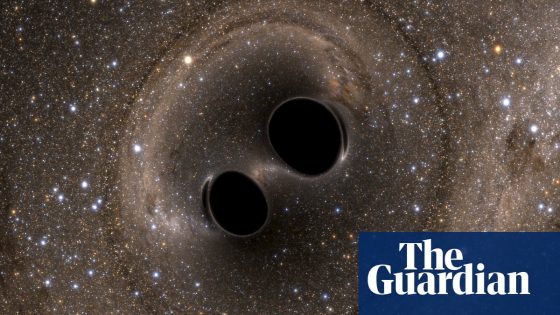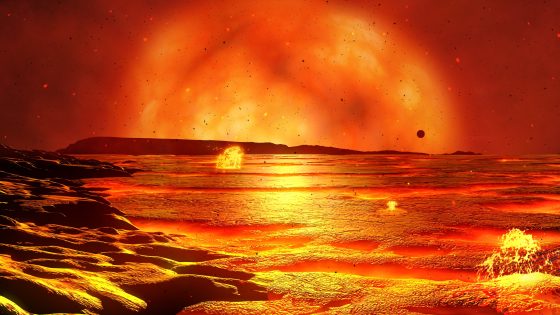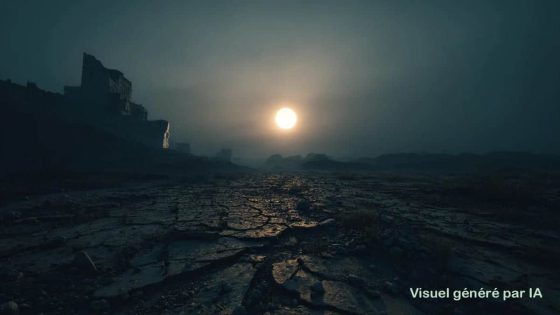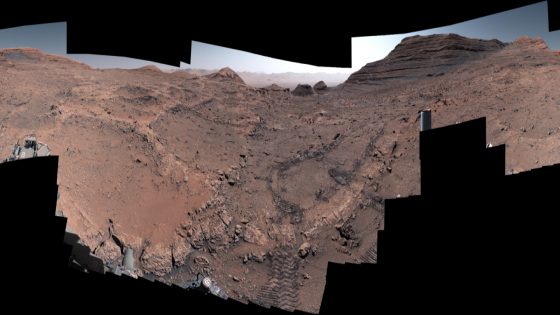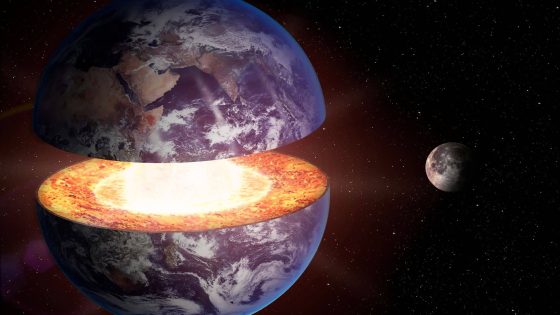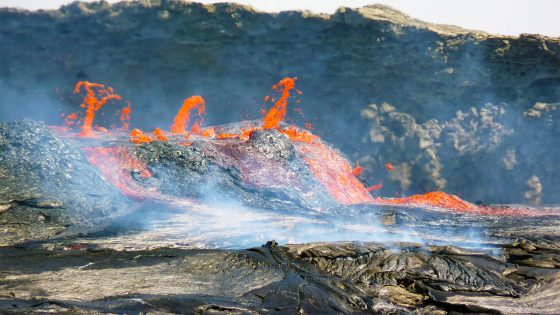Scientists have recently detected ripples in space-time caused by the collision of two massive black holes, marking a groundbreaking moment in astrophysics. This event, occurring 10 billion light-years from Earth, challenges existing theories about black hole formation.
- Scientists detected ripples in space-time.
- Black holes merged 10 billion light years away.
- Event challenges black hole formation models.
- Gravitational waves were measured on Earth.
- Merging black holes spin rapidly and unusually.
- Future detectors may reveal unexpected findings.
On November 23, 2023, at 2 PM UK time, gravitational wave detectors in the US registered this unprecedented merger, which produced a black hole 265 times the mass of the sun. How did these colossal objects come to exist?
This discovery raises intriguing questions about the origins of such massive black holes. Were they formed from earlier mergers, or do they represent a new class of black holes? Key points include:
- The merging black holes had masses of 103 and 137 solar masses.
- They spun at nearly 400,000 times the Earth’s rotation speed.
- This merger is the most massive recorded, surpassing previous observations.
- Future detectors may unveil even more surprises in black hole research.
As researchers continue to explore the cosmos, the next decade promises to unveil even more about these mysterious phenomena. Will we discover new types of black holes, or perhaps even more unexpected cosmic events?



